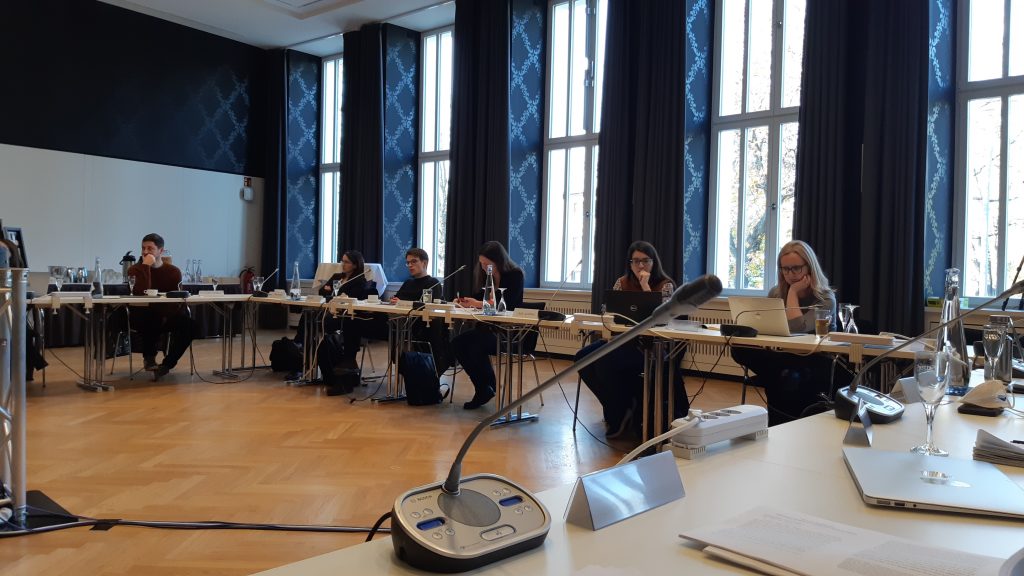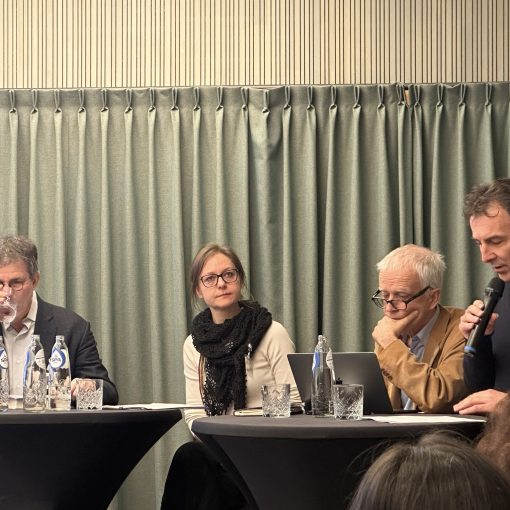The Unlikely Refuge? team members took part in the “Refugees and the (Global) Cold War” workshop, hosted by the Cluster of Excellence ‘Contestations of the Liberal Script’ (SCRIPTS), Freie Universität Berlin, at Harnack-Haus on 29-30 October 2021.
Maximilian Graf and Nikola Karasova presented their paper, suggesting a comparison of Western and Eastern refugee regimes based on the case studies of Hungarian refugees from the 1956 revolution to Austria and the Greek Civil War refugees in Czechoslovakia. Julia Reinke joined the workshop as an observer, writing a workshop report published by H-Soz-Kult.
Toward an East-West Comparison of Refugee Regimes: Austria and Czechoslovakia in the Early Cold War
Abstract
Traditional Cold War narratives are increasingly revisited by looking at smaller powers, non-state actors, multifaceted relations and potential for comparison across the “Iron Curtain.” Applying these profound shifts on migration studies entails a challenge to the predominant focus on flight from communist rule. Scholarly interest in global dimensions and the role of Eastern Europe as a place of refuge is growing. This paper explores potential avenues for an East-West comparison of refugee regimes.
At first glance, the reception of the Greek Civil War refugees in communist Czechoslovakia in the late 1940s and Hungarian refugees in neutral but western Austria in 1956 have little in common. However, both refugee moments happened in a distinct ideological setting that shaped political and public (re)actions: Anticommunist and Communist-internationalist solidarities were the competing but comparable motivations. Offering refuge to similarly minded refugees even became a function of both states’ nation-building and -branding projects within the emerging bipolar order.
Taking the analysis to the regional and local level, to Tyrol and Vorarlberg in Austria and the Czechoslovak borderland with Poland, allows for a detailed East-West comparison. How did central authorities communicate with regional actors and how were the refugees received? Which short- and long-term humanitarian measures were taken, and which problems surfaced? What was the role of refugees and their involvement in self-administration? Despite ideologically and nationally conditioned differences, the spatial management of refugees in both states reveals comparable strategies – from provision of care and refugee settlement to security concerns.





